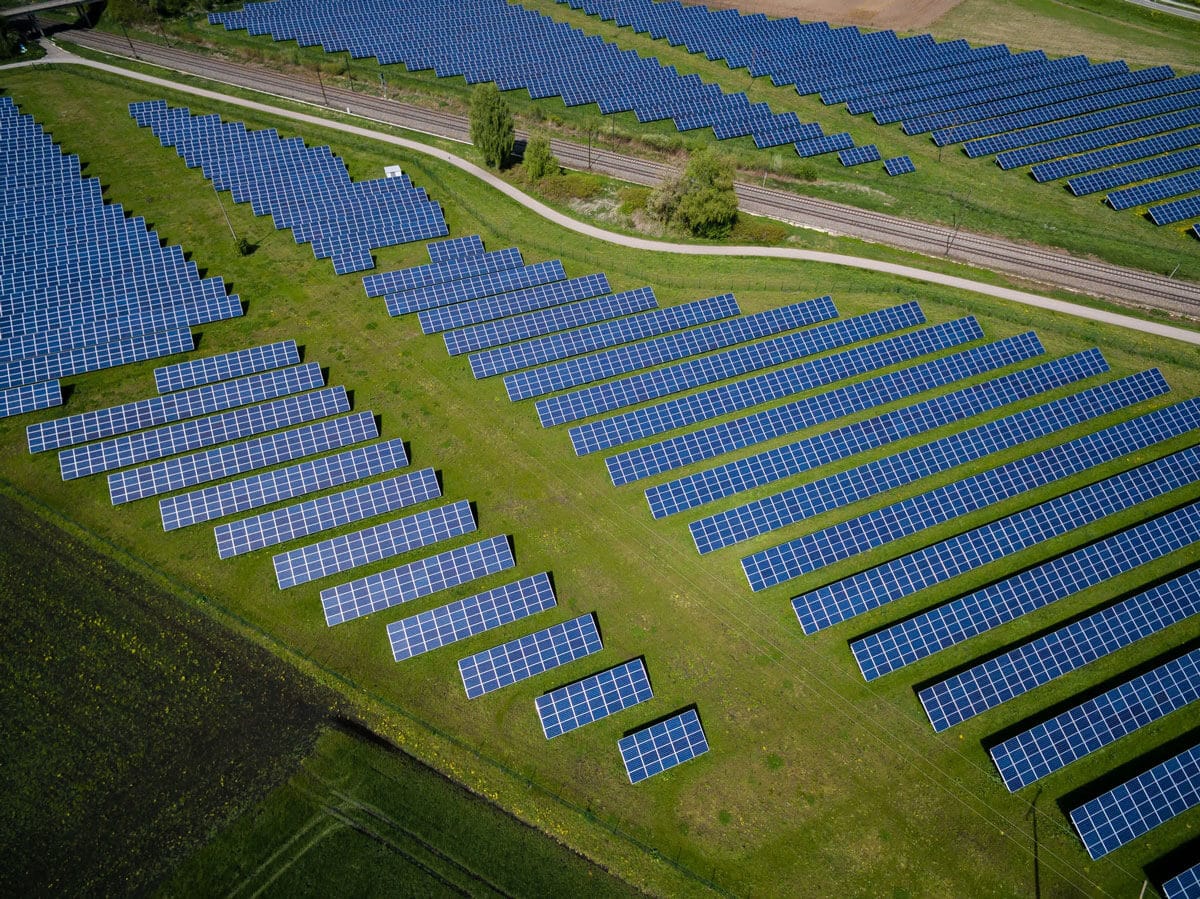

Data centers provide solutions for organizations to store, process, and disseminate their IT operations and equipment. But, according to Brendan Walsh of World Wide Technology (WWT), the carbon “emissions from data centers are now very close to those from the airline industry,” making them the fifth largest electricity consumer worldwide. From a business standpoint, David Locke, EMEA Chief Technology Advisor at WWT, says that data centers comprise 20-25%, sometimes up to 40%, of a company’s total energy consumption.
So, what are some strategies you can establish to reduce your carbon footprint and reach net zero emissions?
Companies are often unaware of how much energy their data centers use. In today’s fast-paced business environments, day-to-day practices exacerbate consumption and emissions. It’s common for organizations to run multiple servers at a time, leave them running after hours, and overlook idle appliances.
How can you offset your operations to advance toward a carbon-neutral data center?
As a start, companies can analyze their datasets to determine how they’re expending energy. With a data analytics strategy, you can evaluate your servers for energy efficiency and power usage. This method also allows you to identify the location of your workloads and the use cases for each one to regulate carbon emissions. By taking a pragmatic approach to sustainability and disseminating your business functions, you can make informed decisions to develop efficient practices.
One seemingly apparent practice would be to use renewable energy sources to balance consumption and carbon emissions. Yet, these sources make up only 20% of electricity generation in the US and, as a result, are not sufficient enough to sustain power for each function in an organization.
Instead, businesses should optimize their software to minimize excessive usage. David asserts that “the average utilization of a server inside an enterprise organization is around 30-40%.” Transferring your workload to the cloud allows you to manage your overhead and increase energy efficiency by 85-90% in your overall business environment.
Alternatively, companies can employ other procedures to consolidate, update, and modernize their technologies to reduce electricity.
VMware provides a viable option for organizations to consolidate their workloads and maximize data center efficiencies. This technology implements virtualization services to operate multiple workloads simultaneously. Additionally, it provides the opportunity to monitor each user’s energy consumption, so businesses can actively measure power and usage.
By applying VMware to your environment, you can develop practical goals to reduce consumption and emissions and attain net zero.